Ten unmissable places in Bologna surroundings
Updated on 29 July 2025 From Bologna Welcome
Walk along forest paths, wander through huge parks and natural oases, stroll through valleys and past monumental trees.
A single goal: to fill your lungs with oxygen
The majestic fortress stands unchallenged, surrounded by the green Tuscan-Emilian Apennines; it was built by Count Cesare Mattei on the ruins of the ancient medieval castle of Matilde di Canossa. An educated and eclectic personality, the Count personally supervised its construction "having at his command artisans of every trade". The fusion of different architectural styles, such as medieval Gothic and Moorish, make it a timeless, hypnotic and fantastic place to visit, with a labyrinthine intertwining of expertly decorated rooms. The journey into the rooms of the wonders of Count Mattei starts from the stone staircase, guarded by a hippogriff and a winged demon, representing the evil, and, therefore, left outside the doors of the castle.
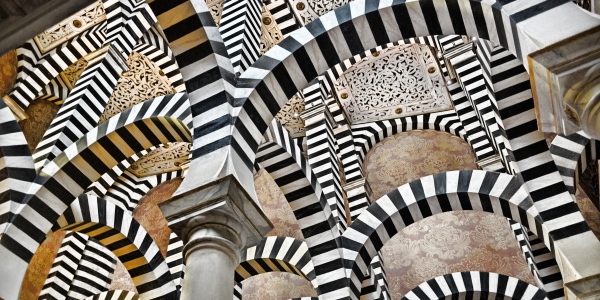
The Vena del Gesso Romagnola Regional Park is a 25-kilometre-long karst mountain range in the area between Imola and Faenza, running through the valleys of the Sillaro, Senio and Lamone rivers. With their deep caves of speleological interest and mysterious tunnels, these mountains are almost entirely composed of selenite, a type of gypsum that accumulates in the form of translucent flakes and is Italy’s longest gypsum ridge. The park can be explored on foot and by mountain bike; all routes start and end at the main car park. Nordic walking poles are available free of charge from the Ca’ Carnè Visitor Centre in Brisighella (RA) and the La Casa del Fiume Visitor Centre in Borgo Tossignano (BO).
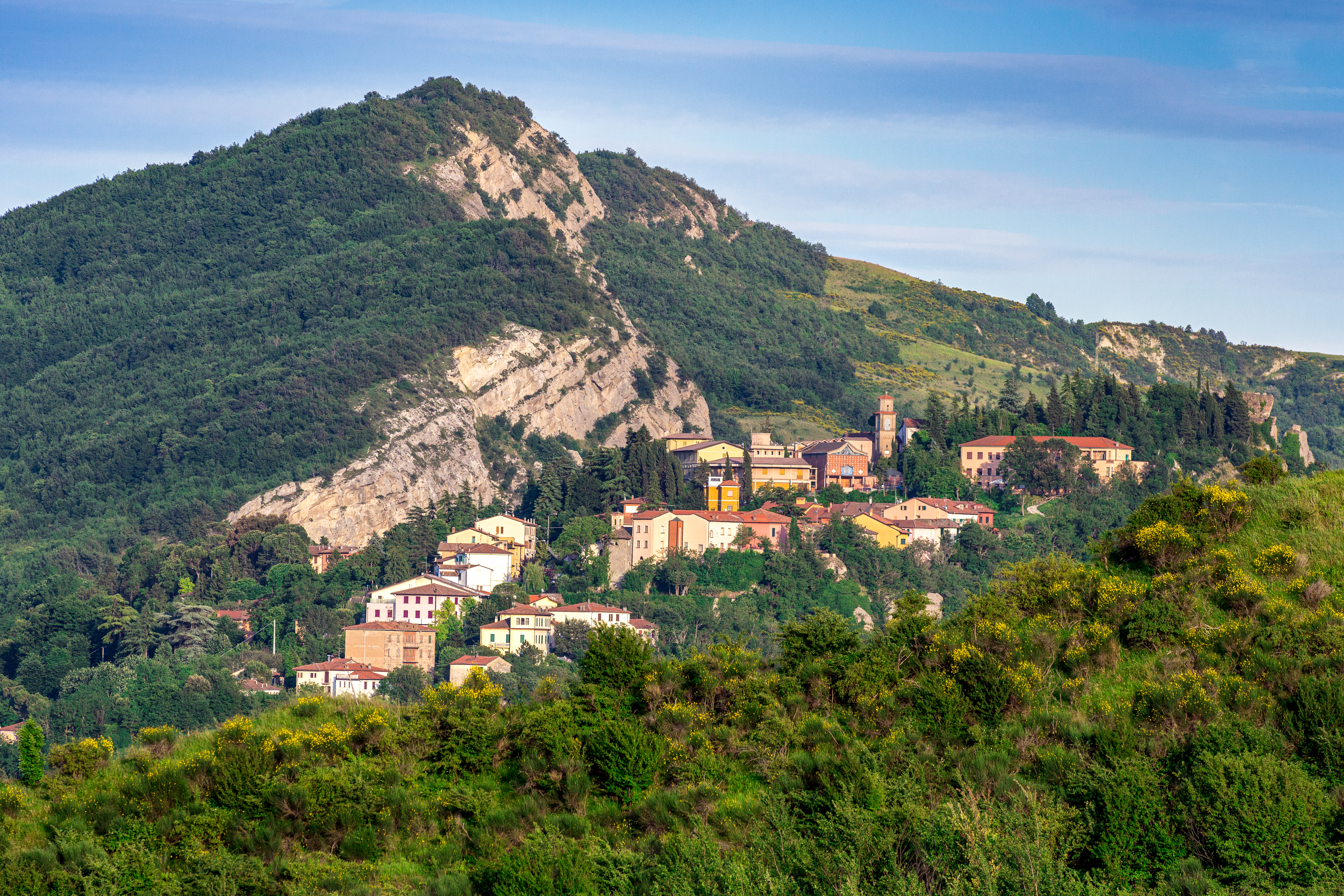
It is one of the protected lowland areas where there is a centre for the repopulation of the European pond turtle (or European pond terrapin), a local species, severely tested by the "exotic" turtles that are occupying the entire habitat. Thus, right here, every year many small turtles grow in protected tanks and are finally released into the surrounding environment. Among the main attractions of the Bora there are: the birds that are, undoubtedly, among the easiest species to observe in the area. In the various seasons, however, it is also possible to admire various butterflies, grasshoppers and praying mantises, while in the large tanks of the Amphibian Centre there is no shortage of frogs, newts and dragonflies.
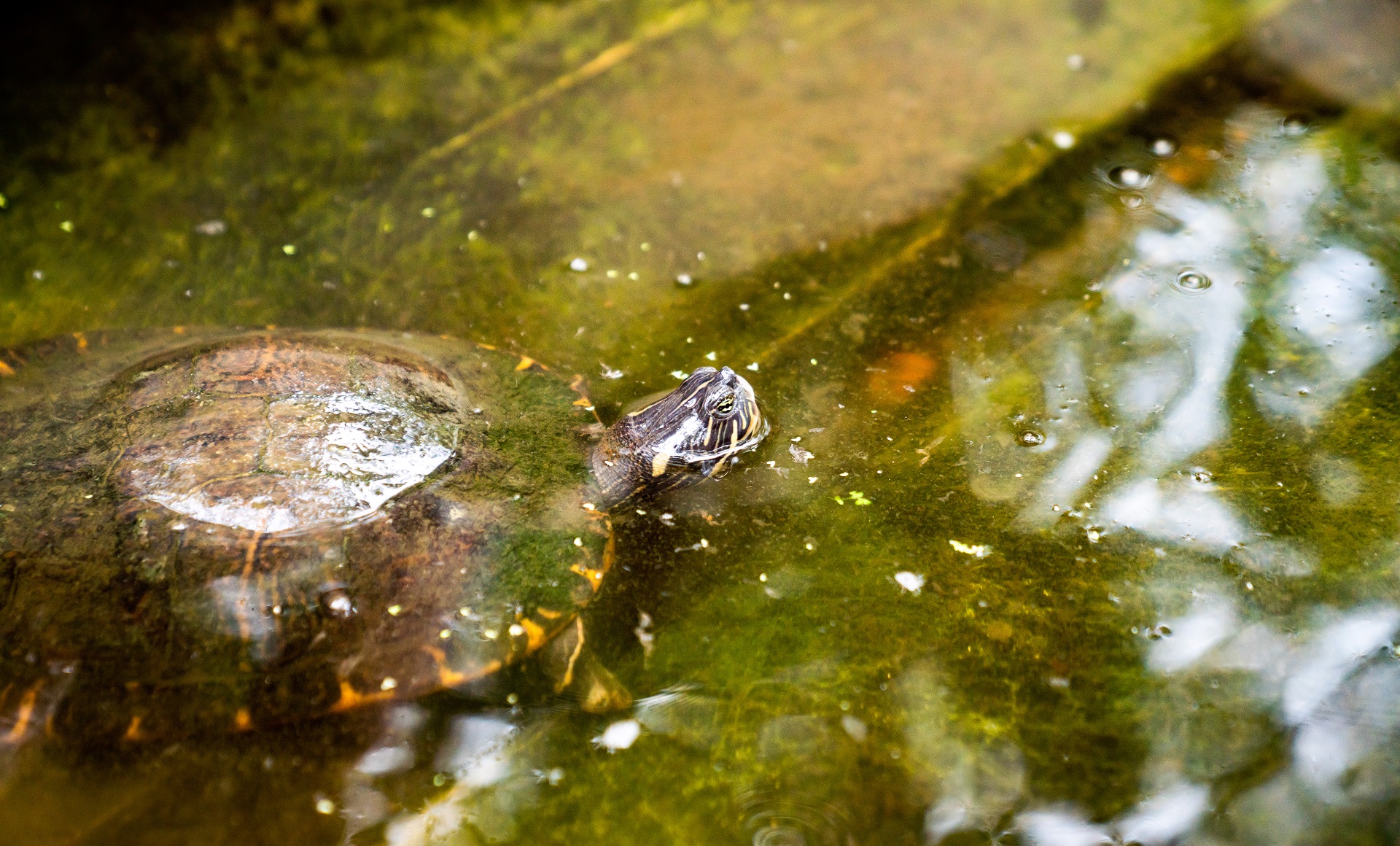
The Park, with its 28 hectares developed on the hillsides in the immediate outskirts of the city, offers opportunities to discover the natural and historical treasures of the area: from themed itineraries, organised within the boundaries of the Park of Villa Ghigi and other parks of the first hillsides, up to those further away, such as those climbing to the Pliocene Spur or reaching the panoramic views of Monteveglio. Inaugurated and opened to the public in 1975, the Park is a precious area of biodiversity in the heart of the city thanks to its rich mosaic of different environments. If you carefully observe the wide meadows, hedges and shrubberies, you can find many wild plants, such as primroses, violets, orchids and tulips. As a legacy from the past rural traditions of the area, there is no shortage of rows of pears, almonds and sweet figs.
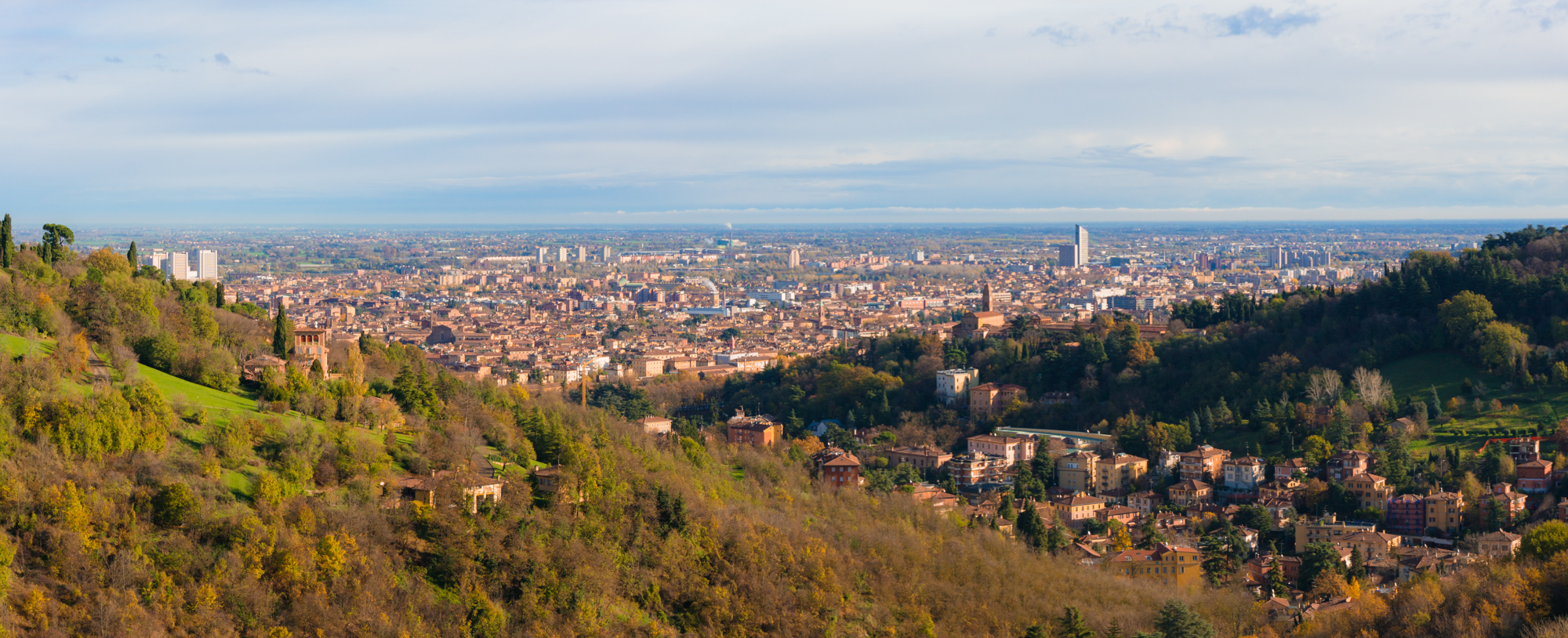
The park stretches across the central part of the Bolognese Apennines and includes Lake Suviana, one of the artificial region's biggest lakes, and Lake Brasimone, which was formed artificially after dams were built in the early 20th century to produce hydroelectric power. These two lakes are surrounded by woodland including beech trees and magnificent coniferous forests. Many sporting activities such as canoeing and windsurfing are possible at the lakes, and there are also bathing facilities, dining locations, picnic areas, and hiking trails where you can spot deer, roe deer, fallow deer and wild boars. These include the “Alta Via dei Parchi” hiking trail of about 500 km, ready to be explored.
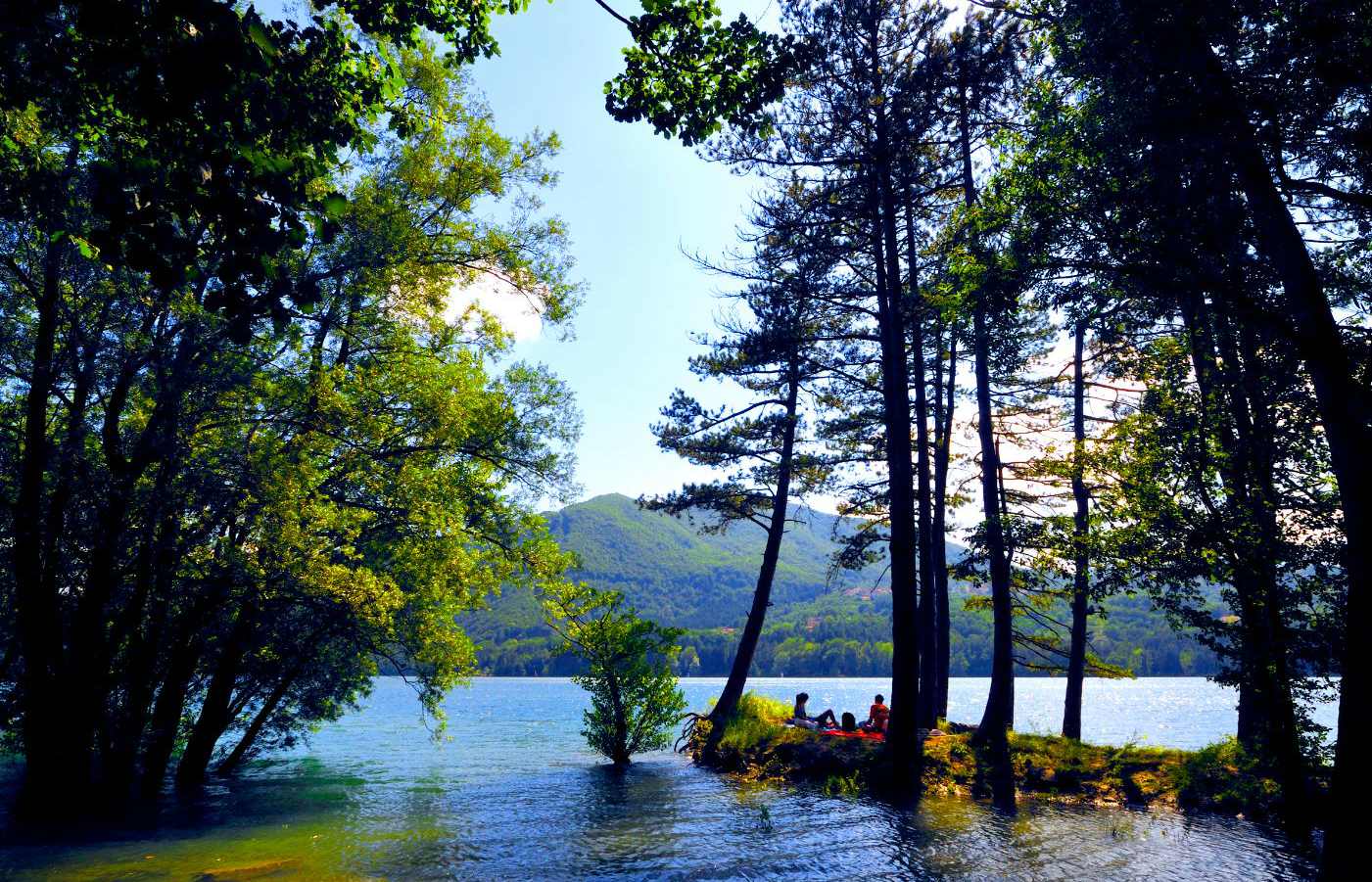
This is one of the most densely populated chestnutgrowing areas in Italy, where the chestnut is the PGI trademarked fruit par excellence, to such an extent as to be the focus of the Museo della Civiltà del Castagno (Museum of the Civilisation of the Chestnut) in Palazzo Alidosi. Since the Middle Ages, these delicacies have been staple food for the local mountain population and around the year 1000, in the Apennines, chestnut groves took the place of oak forests, becoming such a fundamental resource that they were called "the bread tree". The village was the domain of the Alidosi family and seat of their stately residence, today the municipal headquarters and the Museum of the War of the Gothic Line, as well as of the famous Alidosi bridge over the Santerno River.
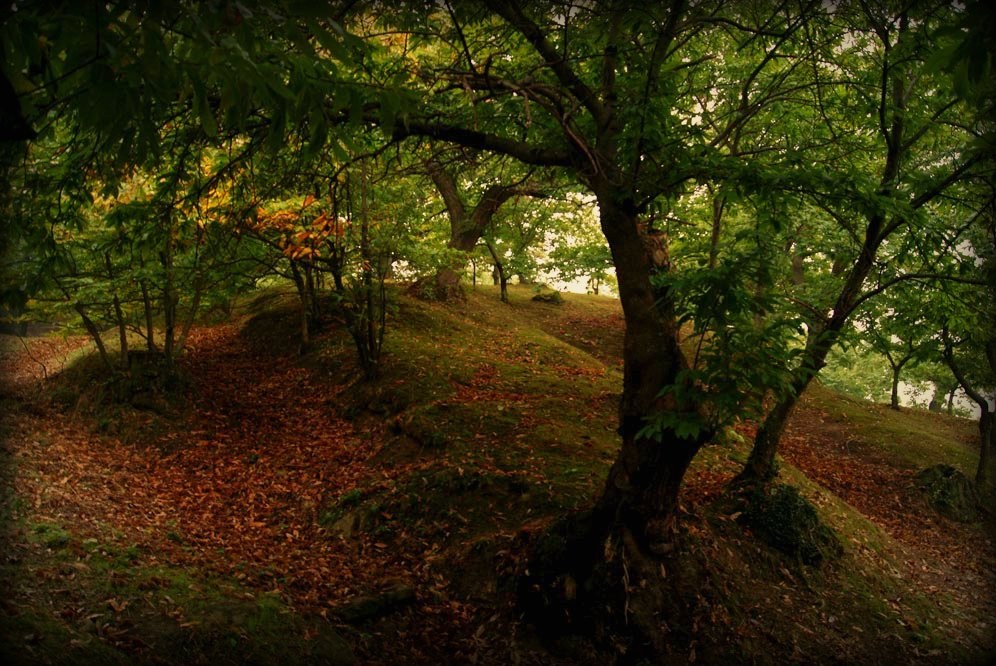
The Corno alle Scale Park holds the highest peak of the Bolognese Apennines, a massif that reaches 2.000 metres and is marked up to top of the summit with layers of sandstone from which it takes its name: the "Scale (Stairs)". During winter, the peaks and the surrounding nature are painted white, welcoming winter sports enthusiasts among the ski lifts. The entire green area confirms the naturalistic importance of the place, thanks to the interesting geological and mineralogical areas and the luxuriant flora and fauna, which make it an ideal destination for hikers and skiers. Along the characteristic and sinuous Dardagna stream, you can reach the real jewel of the Park: the spectacular waterfalls consisting of 7 jumps that, with the roar of the waters, break the silence of the beech forest, and make this place magical and evocative.
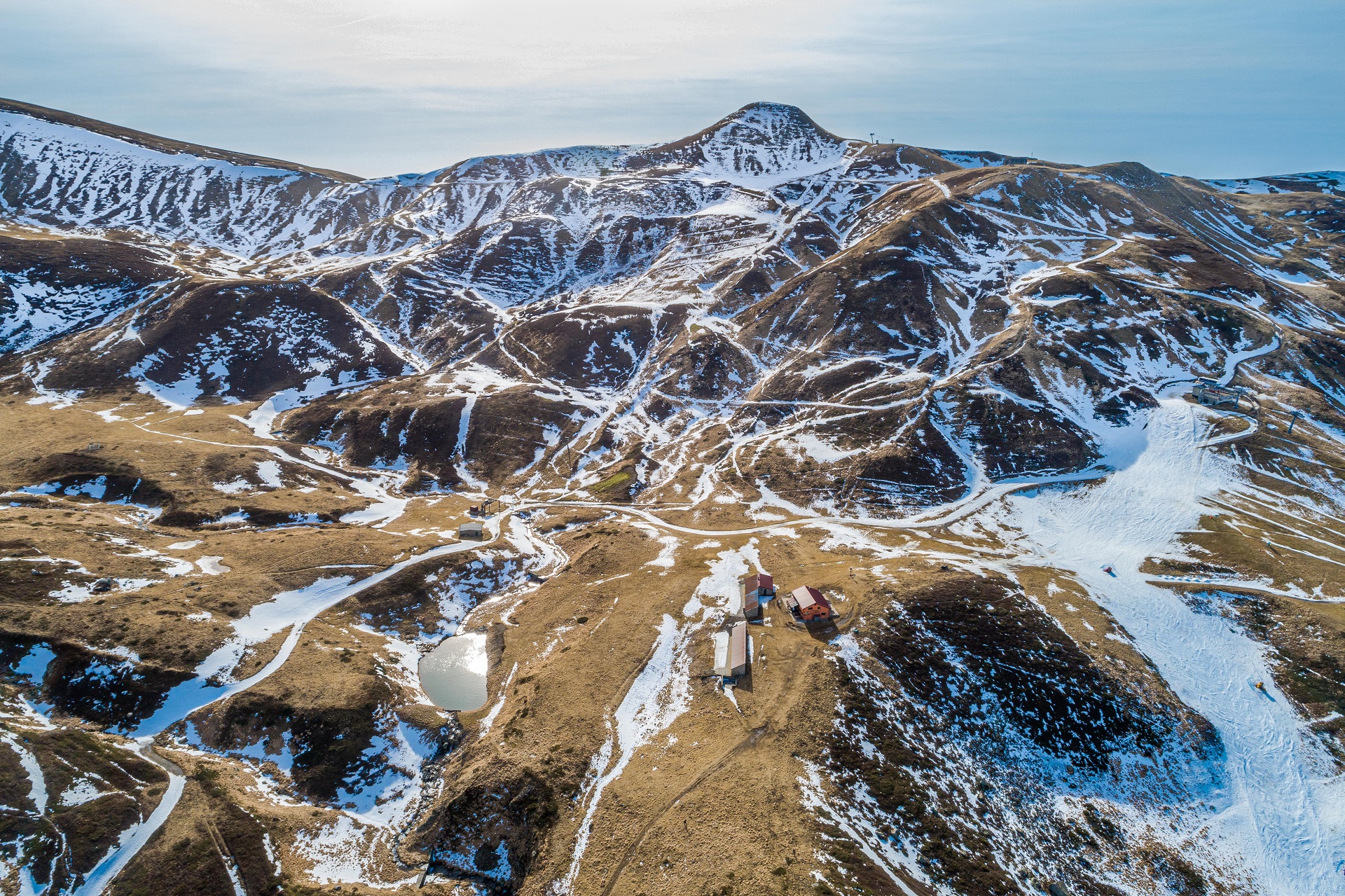
This majestic country mansion, formerly known as a "casino" or palace, can be traced back to the 18th century when, in 1783, an agricultural estate, called "del Palazzo (of the Palace)", appeared among the properties of the Zambeccari Counts. Since 1973, it has housed the temporary exhibitions of the Museum of Peasant Civilisation (Museo della Civiltà Contadina), the photographic archive and the library. The museum is perfectly immersed in the events that tell about a place with a fascinating story, full of adaptation testimonials developing around it, and, through its halls, it narrates the work cycles and daily life of the countryside between the late Nineteenth and Twentieth century. The park is "imported" and is classified as a romantic, "English style" park.
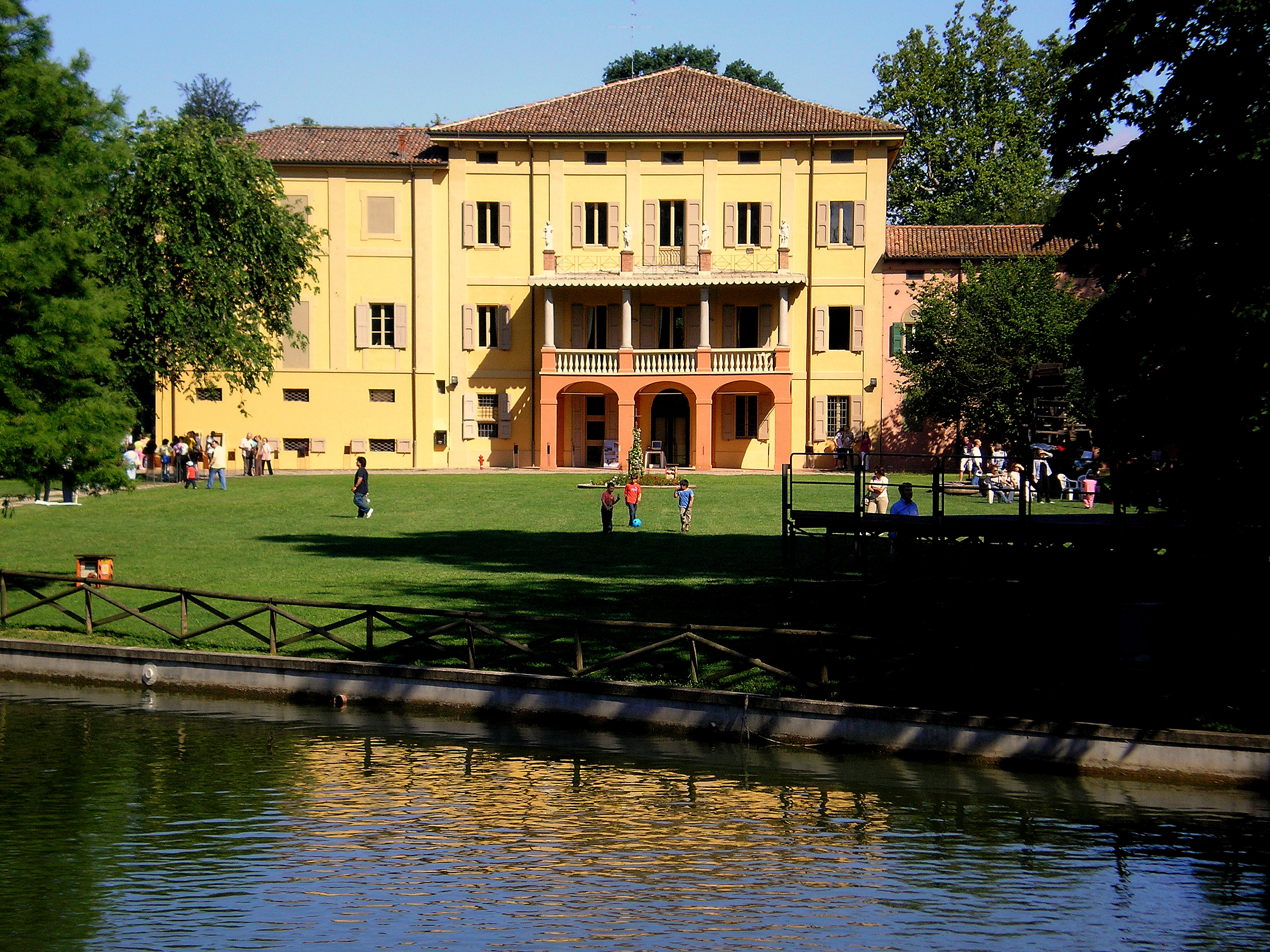
The sanctuary is nestled amidst the dense woodland of the Bolognese Apennines, between the municipalities of Porretta Terme and Lizzano in Belvedere. It was built to honour the terracotta image of the Virgin Mary: it is believed that she appeared beneath a large beech tree not far from here. The feast of Sant'Anna takes place on 26 July each year, marked by a procession that goes all the way to Borgo di Castelluccio, a little gem nestled in the nearby mountains. You can get to the sanctuary by car or via a hiking trail, which is both challenging and exciting. Also located nearby is Manservisi Castle, a fascinating example of neo-Gothic architecture with restored works by the Italian painter Giacomo Lolli.
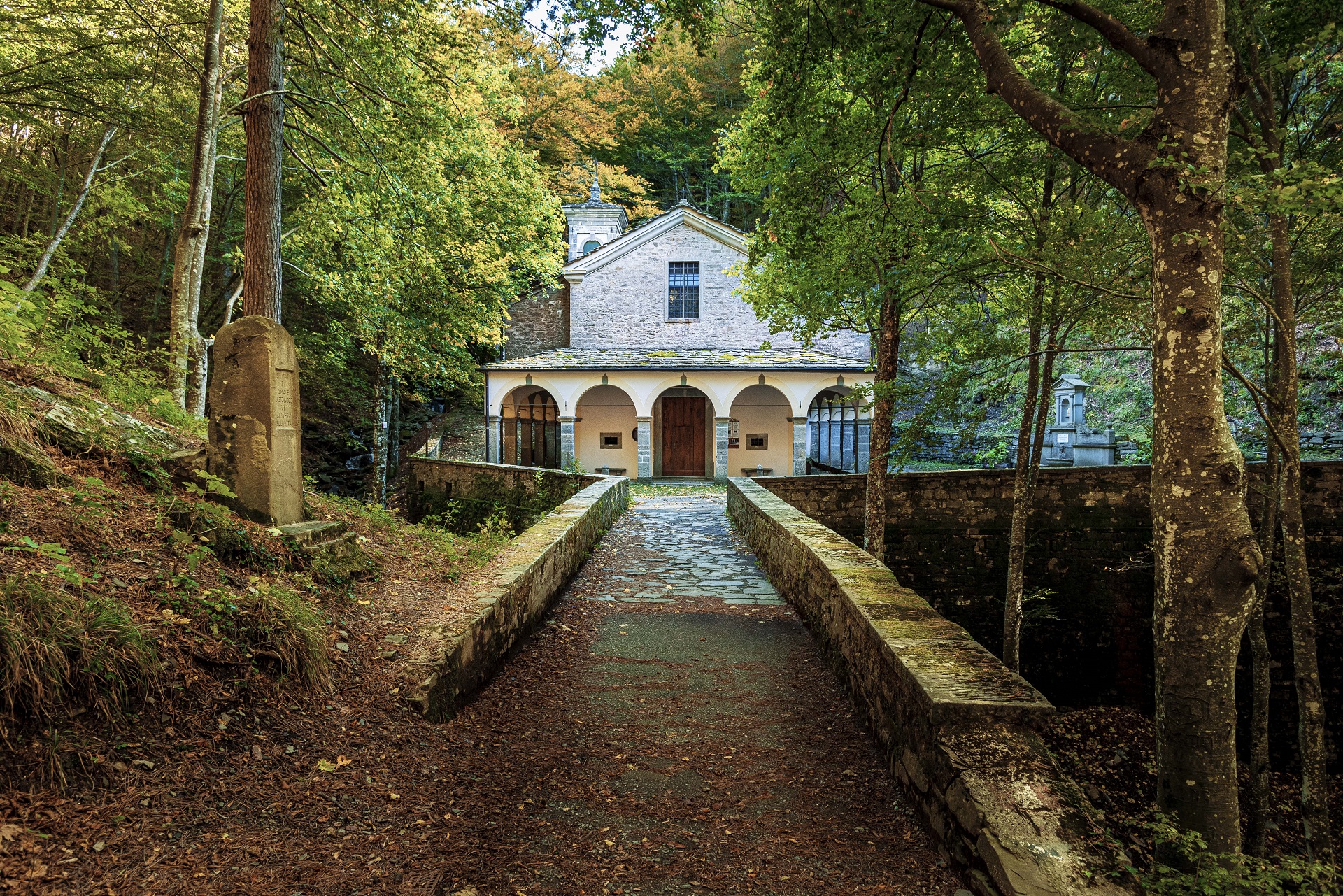
A real naturalistic treasure is preserved in the municipality of Medicina, in the Buda district: the "Il Quadrone" Wildlife Protection Oasis, which was established in 1985 and covering about 270 hectares. Of these, more than 200 are cultivated with cereals, sunflowers and Alfalfa (or Lucerne), while the extensive wetland houses numerous animal and plant species. The area is an important node of the Natura 2000 Network, the European ecological network, which aims to protect biodiversity by contributing to improving the quality of life through sustainable development. Within the premises there is an itinerary that, starting from the Visitor Centre, allows you to observe the different environments with their flora and fauna and where you can practice birdwatching.

